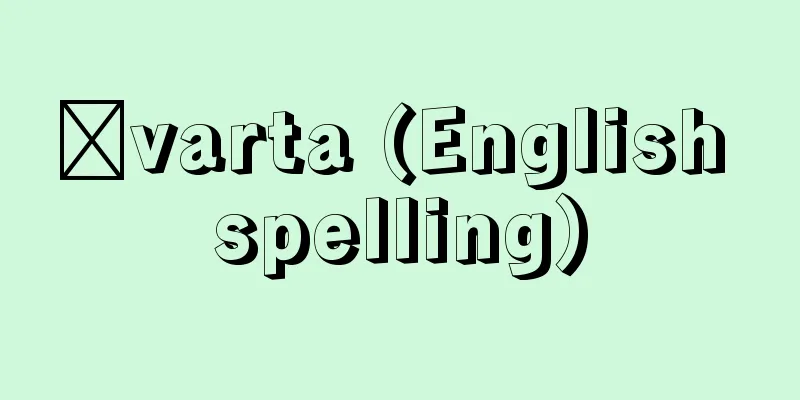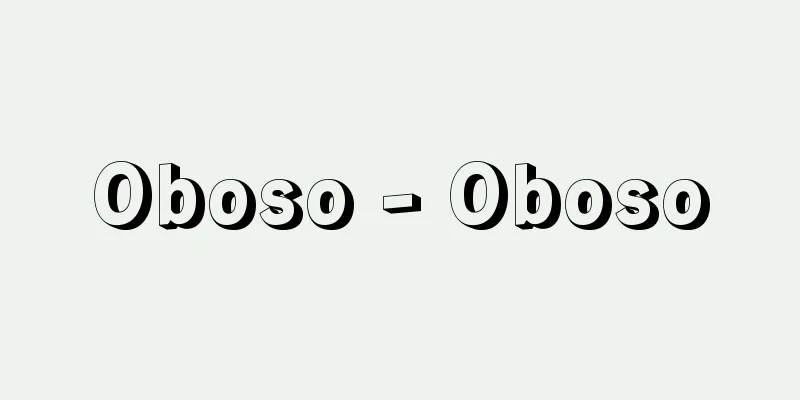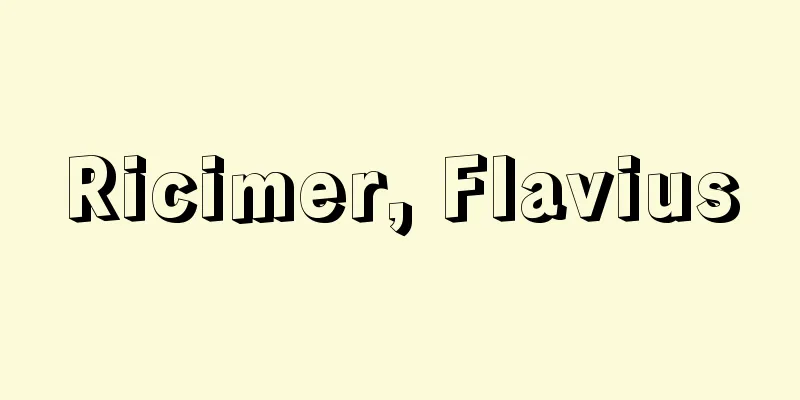Kobayashi Kiyochika

|
Year of death: November 28, 1915 Year of birth: 1847.9.10 A Meiji-era ukiyo-e artist. Born in Edo to Kobayashi Shigebei, head of the Honjo Gokuraku estate, and Chikako. He lost his father at the age of 15 and took over as head of the family, working at the Gokuraku. At the end of the Edo period, he accompanied the shogun Tokugawa Iemochi to Osaka and participated in the Battle of Fushimi, but when Edo Castle surrendered, he handed the Gokuraku to the government forces, and then moved around Shizuoka. In 1874 (Meiji 7), he moved to Tokyo and devoted himself to painting. He is said to have studied under Charles Wirgman, a special artist for the Illustrated London News. In 1876, he made his debut as a Western-style ukiyo-e artist, publishing works such as "Tokyo Edobashi no Shinkei" (True View of Tokyo Edo Bridge). In 1887, he published Tokyo Famous Places, incorporating Western perspective and shading techniques. These were called "light paintings," and he gained a reputation for his new style of depicting the transition from Edo to Tokyo. In 1889, when the great fire of Ryōgoku broke out, he went out to sketch, during which time his house was burned down. The series of fires he created based on sketches from this occasion was well received. In the same year, he put an end to his drawings of famous places in Tokyo, and he never again showed the same style. From that year on, he began to draw cartoons with sharp social satire for the newspaper Dandan Chinbun, and was also active in newspaper illustrations. In 1891, he published One Hundred Views of Musashi, which was heavily influenced by Ando Hiroshige, but it was cancelled due to poor reception. In 1901, he joined Nirokusha, and in 1902, he left Dandansha. During the Sino-Japanese and Russo-Japanese Wars, his war nishiki-e prints were well received. After this, ukiyo-e itself went into decline, and Kiyochika is said to be the last ukiyo-e artist, and his works were deeply loved by people with Edo tastes such as Nagai Kafu. <References> The Last Ukiyo-e Artist/Kobayashi Kiyochika, edited by Yoshida So, and The Bridge of Time, by Sakai Tadayasu (Emiko Yamanashi) Source: Asahi Japanese Historical Biography: Asahi Shimbun Publications Inc. About Asahi Japanese Historical Biography |
|
没年:大正4.11.28(1915) 生年:弘化4.8.1(1847.9.10) 明治期の浮世絵師。本所御蔵屋敷頭取小林茂兵衛を父に知加子を母に,江戸で生まれる。15歳で父を亡くし家督を継いで御蔵に勤める。幕末には将軍徳川家茂に従って大坂に赴き,伏見の戦に参加するが,江戸開城に伴い御蔵を官軍に渡し,のち静岡一帯を転々とする。明治7(1874)年上京して画学に専念。一時『絵入りロンドン・ニュース』紙の特派画家チャールズ・ワーグマンに師事したとされる。9年,「東京江戸橋之真景」などを出版して洋風浮世絵師としてデビュー。10年より西洋の遠近法や陰影法を取り入れた東京名所図を出版。これらは「光線画」と呼ばれ,江戸から東京へと移りゆく風景を新しい画風で描いて評判となった。14年,両国の大火が起こると写生に出,その間に自宅を焼失。この折の写生に基づく火災シリーズは大好評だった。同年,東京名所図に終止符を打ち,以後,同じ画風を示すことはなかった。この年から新聞『団団珍聞』に鋭い社会諷刺を含むポンチ絵(漫画)を描くほか,新聞挿絵などで活躍する。17年,安藤広重の影響が強い「武蔵百景」を出版するが不評のため中止。26年二六社に入社し,27年,団団社を退く。日清・日露戦争時には戦争錦絵で好評を博した。以後,浮世絵自体が衰退したため,清親は最後の浮世絵師ともいわれ,その作品は永井荷風ら江戸趣味の人々に深く愛好された。<参考文献>吉田漱編『最後の浮世絵師/小林清親』,酒井忠康『時の橋』 (山梨絵美子) 出典 朝日日本歴史人物事典:(株)朝日新聞出版朝日日本歴史人物事典について 情報 |
Recommend
The Condition of the Working Class in England
…From this starting point, he attempted a critica...
Scintillation - shinchire-shon (English spelling) scintillation
From the Latin scintilla (a spark in English), in...
Potential theory - Potensharuron (English spelling) theory of potential
Considering the function u ( x , y , z )=-1/ r , ...
Henri Pirenne
Belgian historian. Born in Verbier (December 23rd...
Merope nebula (English spelling) Meropenebula
...The stars in this cluster were born tens of mi...
Caetano, MJdas N. (English spelling) CaetanoMJdasN
…Official name: Portuguese RepublicRepública Port...
Almeida, FAde (English spelling) AlmeidaFAde
…Evora was a religious center, and in the 16th ce...
Alaria fistulosa (English spelling)
…[Mitsuo Chihara]. . . *Some of the terminology t...
Gilgit Division
...The border with China on the Indian side remai...
Eckersberg, C.
…Romanticism was represented by Thorvaldsen's...
Synology
...In other words, Sinology is the study of Chine...
loudness
...If monophonic intelligibility is around 80%, s...
sinus sphenoidalis (English spelling) sinussphenoidalis
…Agenesis of both frontal sinuses occurs in 5% of...
Baptism - English spelling
A ritual performed by the church to become a Chri...
Mount Kashima-Yarigatake
Located on the border between Nagano and Toyama p...





![Kawaminami [town] - Kawaminami](/upload/images/67cb46f0ae7a8.webp)


![Azumata Takayu [Hot Spring] - Azumata Takayu](/upload/images/67cad560d4924.webp)
